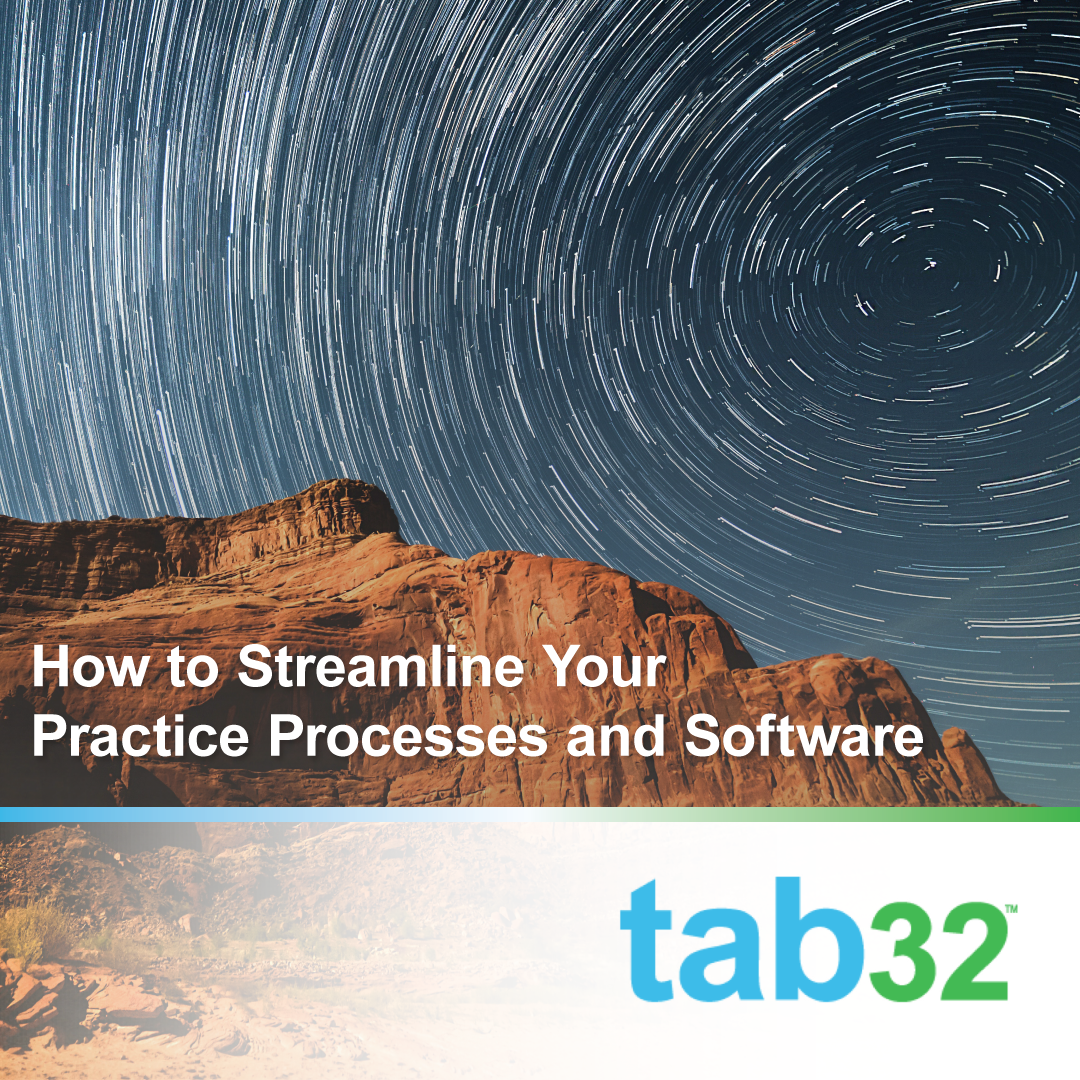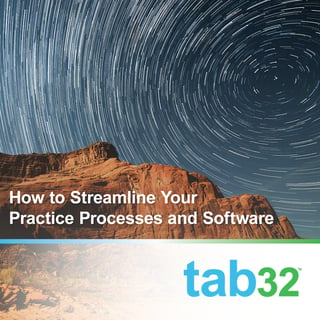
 To maximize your time and the time your patients spend in your office, you have to create and implement processes. Not only does this save time, it improves patient experience and prevents errors. There are a number of ways to go about making these processes, so let's cover a few areas that need processes and talk about how cloud-based dental software should support those processes and improve them.
To maximize your time and the time your patients spend in your office, you have to create and implement processes. Not only does this save time, it improves patient experience and prevents errors. There are a number of ways to go about making these processes, so let's cover a few areas that need processes and talk about how cloud-based dental software should support those processes and improve them.
By now you know that marketing is a key piece of building your practice. Even once you feel "established", you have to continually bring in new patients. To create a good marketing system, you'll likely need to work with an external group. They'll create and support your website, provide graphic design for business cards and mailers, and more. For social media and other ongoing content, you can work out a system inside your office and with outside help, as necessary.
Marketing could also include retaining the patients you currently have. Acquiring new customers is expensive and time-consuming. Keeping the ones you've already gotten through the door is much more efficient. This means working out systems and processes that ensure a good in-office experience along with consistent contact and reminders to get them to come in for recall.
From billing and payroll, collecting to insurance, there's a lot to keep track of as money comes in and goes out of your business. Processes that are in writing and adhered to keep this moving smoothly and without error. Additionally, you are bound to have employee turnover. Having processes that are in place and documented keep things running smoothly, regardless of who's performing the tasks.
Have you ever been to a car dealership to have your car worked on or detailed? Did you notice if it was smooth, coordinated, and efficiently handled from the time you dropped off the car
Well, when you've had a positive experience, it wasn't an accident. That car dealership (or whatever it was) created a system. This system was tested, documented, and adhered to for every single customer.
Your patients are no different. They want things to be smooth and efficient. That means the first time they come to your office, there's a specific process that
When you start a practice from scratch, you have a clean slate for building processes. The flip side of that is that you have nothing to start with! On the other side, you have practices who have processes that have been added to and evolved over time. They may not be terribly efficient, but they are "just the way things go". In either case, you'll have to navigate the best ways to document processes that are in place or create processes to implement.
To start, list all the steps of a process. See where there might be redundancies or inefficiencies in what you're currently doing. Then plot out the process and write it all down. This is documentation, and it's key to making the processes work, especially if you have an office that just "does it" without a formal system.
Don't get hung up on getting it perfect. The first one is really a draft. As you start working with the process, you may find that you've omitted steps or that your "ideal" system just isn't realistic. It will take a few
There are a lot of tools out there for keeping your processes and teams in order. From project management software to Gantt charts, you can build out ways to use these tools to your benefit. Using a tool like tab32 can really help keep things organized and your processes tidy. At tab32, we've created a system that rolls all the tools you need for your practice into one platform.
You won't need to cobble together a system out of an array of software providers that overlap and create redundancies. You won't pay for tools that do the same things except for the one feature. The tab32 cloud-based system houses EHR, practice management, and patient interactions—all in one spot.
Let us show you how tab32 can streamline your new dental practice with our cloud-based software.
These Stories on Tips for Running a Dental Practice
No Comments Yet
Let us know what you think